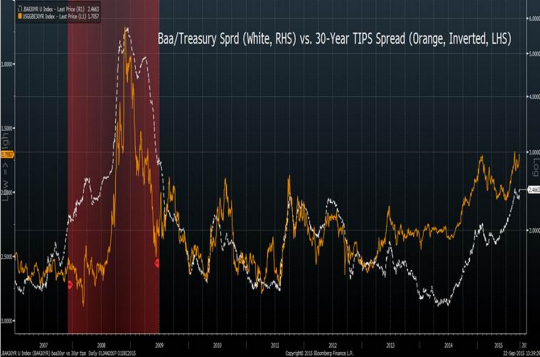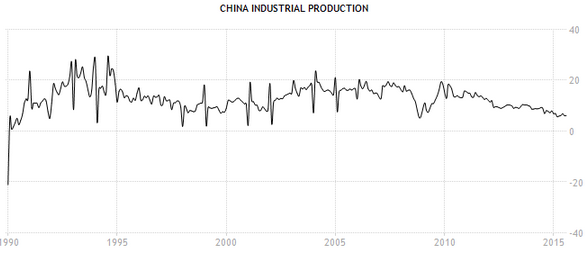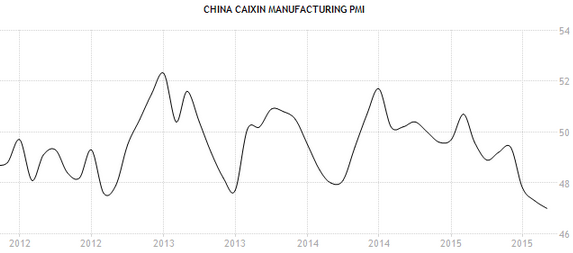Deflation has not returned to Japan
Tyler Cowen has a new post that discusses possible reasons why deflation has returned to Japan. Unfortunately the post is based on a misconception—deflation has not returned to Japan. Here are some facts:
Latest Japanese inflation — August 2015: 0.2% year over year inflation
Latest US inflation — August 2015: 0.2% year over year inflation.
So Japan has exactly the same inflation rate as the US, and it’s a positive number. Has “deflation returned to the US?” Janet Yellen is so worried about inflation that she thinks we need to raise interest rates before the end of the year.
But what about the so-called core inflation rate, excluding food and energy:
Japan: 0.8%
US: 1.8%
This is a more realistic view of the trend rate of inflation in each country, and indeed Japan is lower than the US. But still no deflation.
Tyler also says the following:
Japan Times reports:
Consumer prices excluding fresh food fell 0.1 percent in August from a year earlier, the first drop since April 2013, the same month Kuroda embarked on a campaign of record asset purchases to rid Japan of its “deflationary mindset.”
My goodness is economics a difficult subject. (Scott Sumner is implicitly surprised too.) So why is this happening?
The rest of the post discusses theories as to why this is happening. But the theories are not very useful, because “this” is not happening. Japan is not back in deflation, according to any reasonable definition of deflation. The CPI minus fresh food is a price index used by no other country (AFAIK), and has no obvious justification. Japan has exactly the same overall inflation as the US, after going several decades with lower inflation that the US. How they caught up to us is the “this” that needs to be explained, and the answer is simple–Abenomics.
BTW, I was not surprised (implicitly or otherwise) by the Japanese data, which showed inflation unchanged from data reported last month, because I follow Japanese data quite closely.
PS. It’s obviously possible that deflation will return to Japan — that depends on future monetary policy. However I predict positive Japanese inflation over the next year.
PPS. Economics may be a difficult subject, but inflation is not. It’s always and everywhere a monetary phenomenon.
PPPS. To show you how misleading headlines can be, consider the following from a recent Financial Times story:
However, core prices excluding food and energy were up 0.8 per cent compared with a year ago in August, a pace seldom seen since the 1990s. That suggests the domestic economy is running out of spare capacity, creating pressure for higher prices.
“Not surprisingly, energy prices continue to weigh on headline and core inflation in Japan, but the Bank of Japan would take comfort from further signs that domestically driven inflation is rising,” said Michael Moen, an investment manager at Aberdeen Asset Management.
“Once you exclude food and energy, inflation is actually rising very gradually as prices for services continue to increase. Against this backdrop it’s unlikely that we will see an increase in the QE programme anytime soon.”
So no need for more QE? And what is the headline of this excellent FT story?
Japan Falls Back into Deflation for the First Time Since 2013
Just shoot me.




